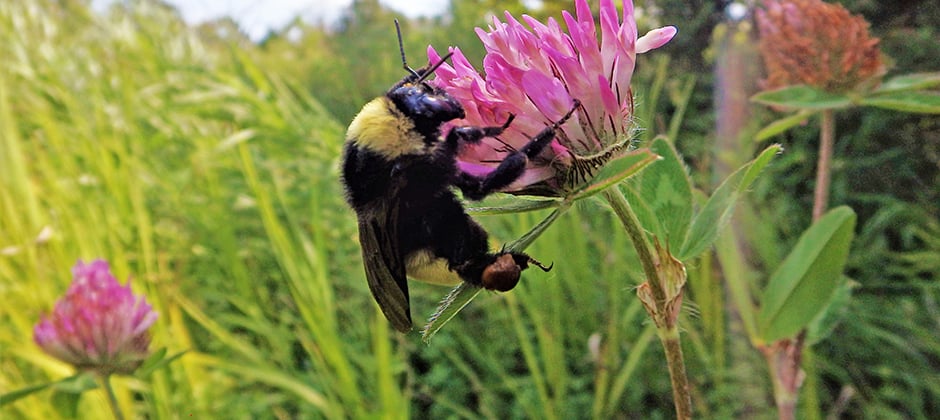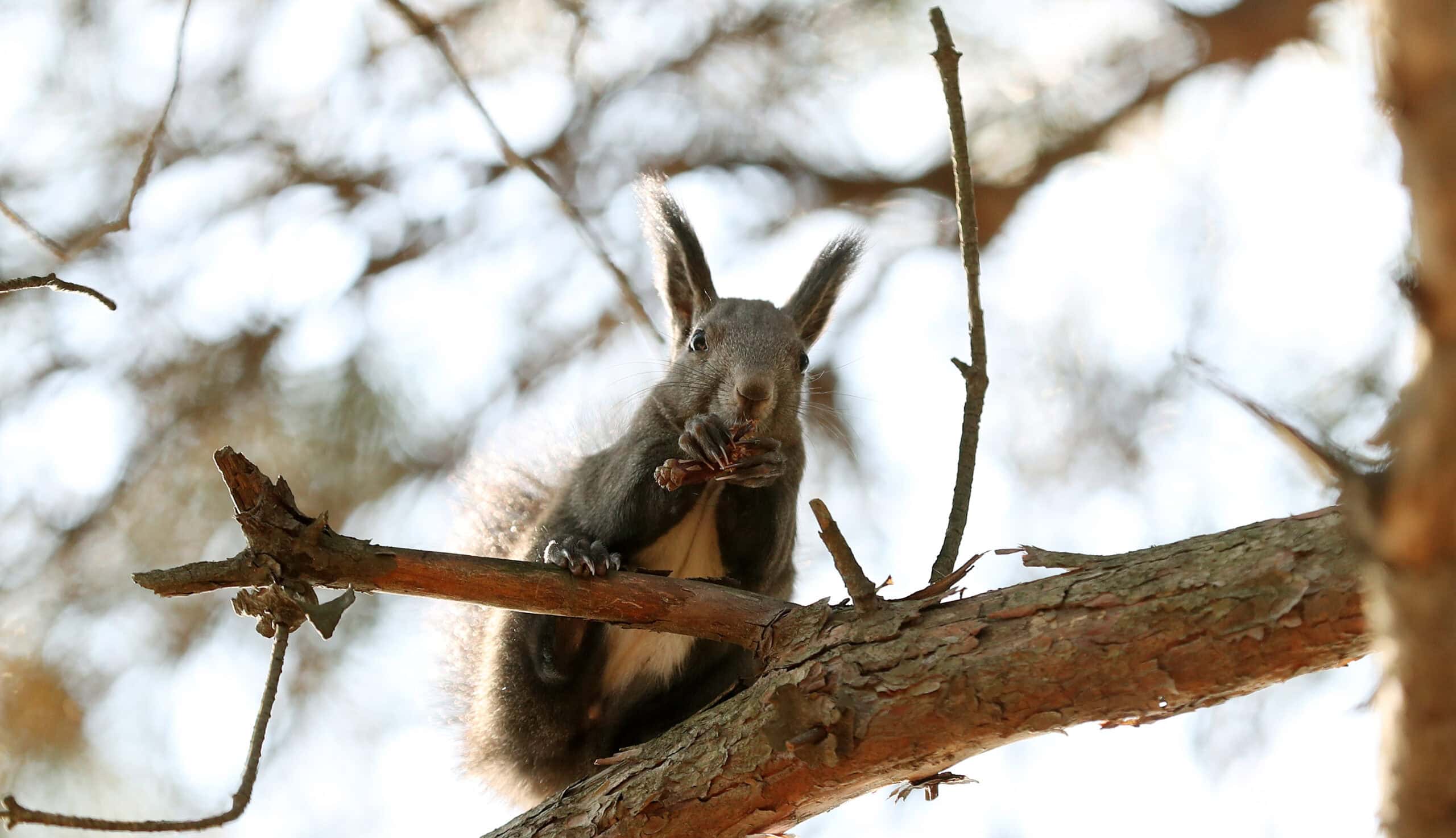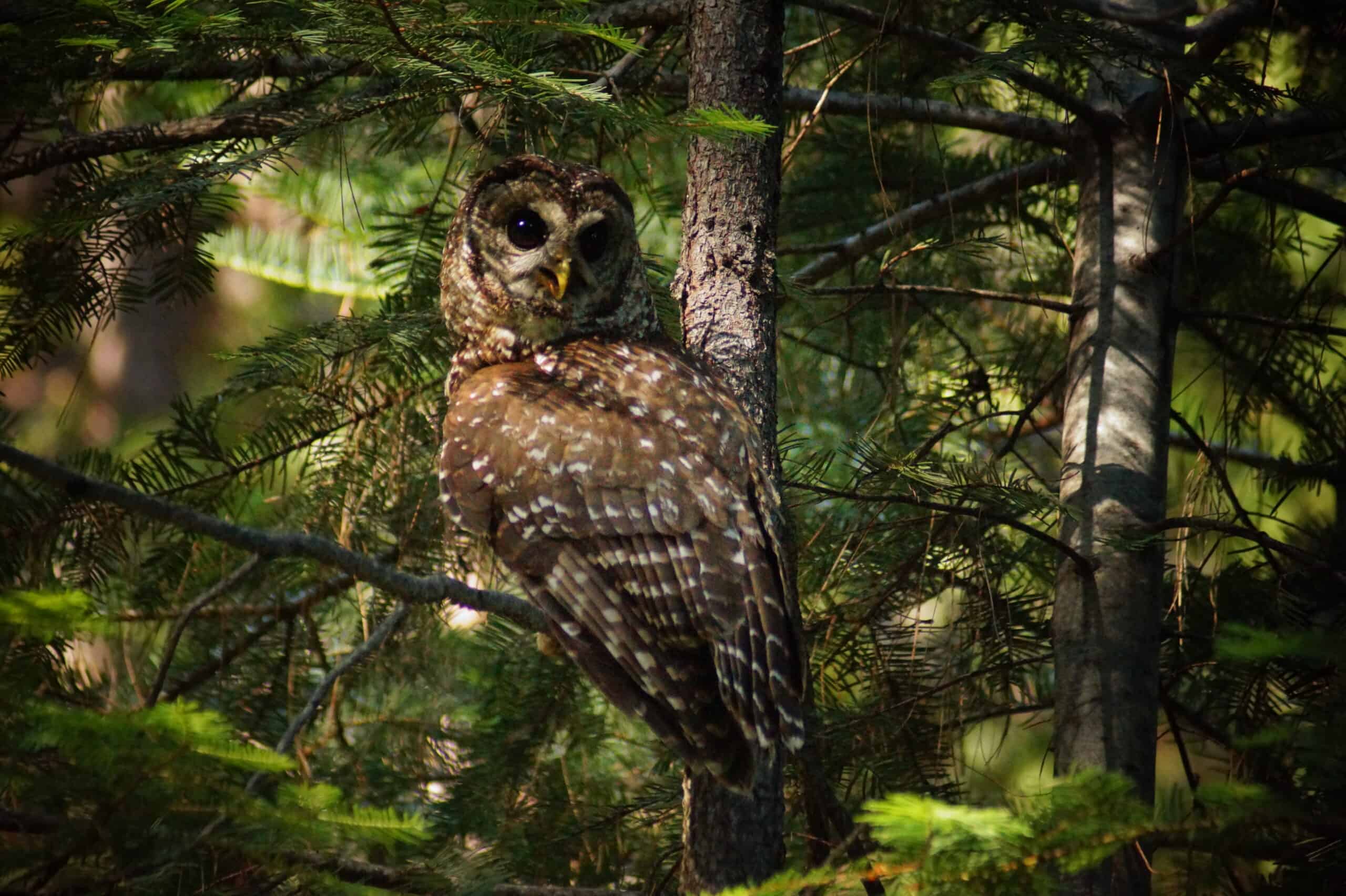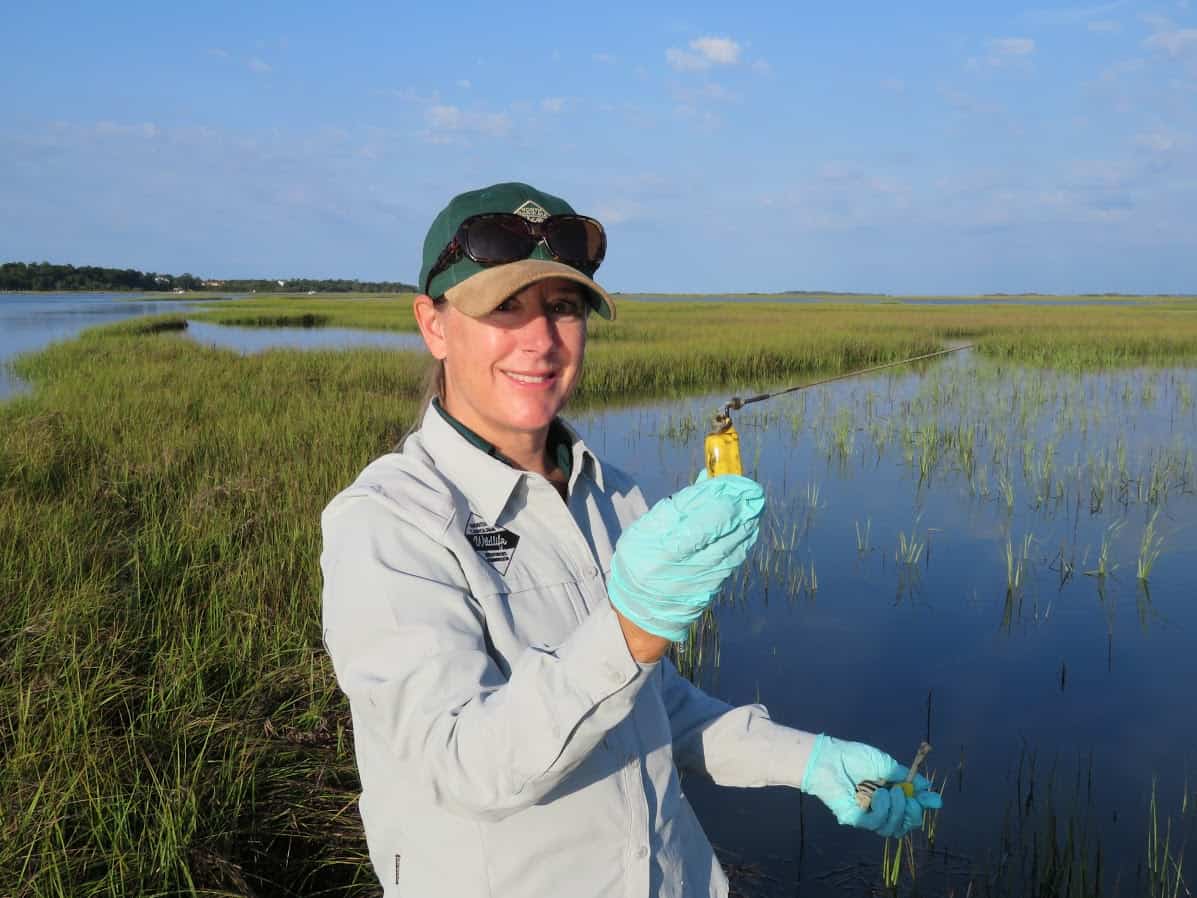Share this article
American bumblebee declines in Canada
When the once common rusty-patched (Bombus affinis) bumblebee disappeared from Canada by the early 2000s, researchers became worried. What would this mean for less common bumblebee species?
“This raised the first red flags for bumblebees in Canada,” said Victoria MacPhail, a PhD candidate at York University and co-chair of the nonprofit Pollination Guelph.
In a study published in the Journal of Insect Conservation, MacPhail, who led the study, and her colleagues found the American bumblebee (Bombus pensylvanicus) may face a similar fate. The species decreased 89% from 2007 to 2016 compared to 1907 to 2006. “We suspected there had been a decline through broader analyses in North America,” she said.
In the study, MacPhail and her colleagues collected data from museum specimens dating back to the late 1800s, citizen science data collected from Bumble Bee Watch and their own field research.
Historically, the species could be found from Windsor to Toronto and from Ottawa into Quebec, she said, but after seeing a 37% decrease in its range in Canada, today it’s only found in southern Ontario. Its range has contracted inwards, no longer being found in extreme southwestern Ontario or in the southwestern part of Quebec. Because they’re at the northern edge of its range, MacPhail said, these bees may face more threats from climate change and adapt differently than those in the middle of their range.
“When species are at the edge of the range, sometimes it’s more critical to support them,” she said.
It wasn’t just their range that has declined, the team found. Their numbers dropped, too. From their average population relative to other bumblebees in the century from 1907 to 2006, the bees declined 89% by the decade of 2007-2017.
Never the most common bumblebee on the Canadian landscape, it has become a rarity. Once, 37 out of 1,000 bumblebees in its Canadian range were American bumblebees. Now it’s only four in 1,000.
“It definitely has dropped a lot,” MacPhail said. “There are fewer of them on the landscape and fewer locations. Their overall range shrunk and within the range they are not as common.”
Researchers don’t know exactly what’s causing the declines, she said, but they believe it’s due to a number of stressors, including lack of habitat, food or nest sites; climate change; disease; competition with managed bees and pesticides. Smaller populations also become more inbred, making it harder for the bees to face additional stresses.
“The drastic declines are raising red flags that we need to take action now because bees can go into a downward spiral and become extinct,” MacPhail said. In the case of the rusty-patched bumblebee, she said, “by the time my colleagues had raised the red flag about it, they had pretty much disappeared.”
Added habitat protections at the state, provincial and federal levels on both sides of the border could help protect the bees, she said, and reporting bumblebee sightings on www.bumblebeewatch.org or its mobile app can provide data for policymakers, land managers and researchers like herself.
“We can throw up our hands and say the planet is lost and we can’t do anything to fix it,” MacPhail said. “I don’t want to take that approach. We can do some great work.”
Header Image: American bumblebees are declining in their Canadian range. ©Victoria J. MacPhail








